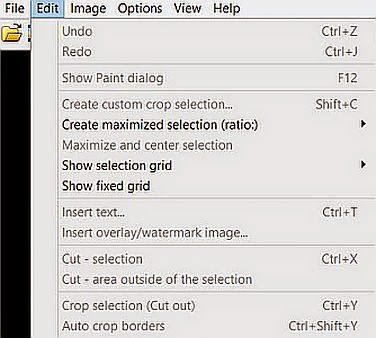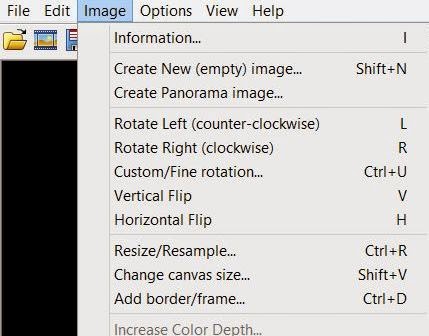The Question is... Multiple Pen Names: Good idea, or not? As writers, we know how important names are. We meticulously research our characters’ names, bandying
about ideas for each with the care given to newborns. And for those of us just starting out in the romance industry, this includes one of our biggest decisions: choosing our own name. We want it to sound romantic, but not porn-star, despite what my husband might think. And we also want it to represent our genre. Someone who writes historicals will probably lean towards something different than someone who writes BDSM stories.
There are many reasons to choose a pen name: our job requires us to protect our real identities, we don’t want our neighbors to know what we write, or even just to keep a distance between the interwebs and our “real” selves. But I’m assuming if you’re reading this, you might have already gotten past the first pen name issue, and now are tackling an even bigger one: do I need a separate pen name when writing in a different genre?
Like any good question, the answer is a little gray.
First, here are some reasons we might choose (or have the decision chosen for us by an agent or publisher):
· Our first books didn’t sell very well, and we (or the publisher) want to distance ourselves from that. A re-branding, if you will.
· Or, we are writing more books than our current publisher can publish/market (oh, what a nice problem to have), so some authors choose to go with a different pen name and avoid the contract issues by going to another publisher with a different series or book.
· We’re writing something that is very different from our “normal” genre – something that our fans might not be expecting. Even in staying within romance, if you’ve previously written sweet historicals and are now branching into grittier, racier, contemporaries, your fans might not be expecting it. This seems to be especially true if switching to a totally different genre.
· From Kim Harrison: big book retailers have a habit of purchasing only the same number of books that an author sold on their last release. If it was a bad release, then the store will only by that many books of the next release, but if it's an unknown author, the stores will buy more in the hope that it will be a blockbuster. So you write under a different name, and get a better shot at selling through your books.
Great. We know why, but now, how? Like with our first pen names, here are the rules:
· Keep it easy. No hyphens, no strange pronunciations – you want it to be something that your readers can easily look up. Should be easy to spell.
· Keep it memorable. Jane Brown is probably not going to stick for someone. But I love the way, for instance, Kresley Cole rolls off the tongue. (Though I would say “Kresely” probably breaks rule #1. As in writing, know the rules and then break ‘em.)
· Keep it unique. It’s pretty easy now to do a Google search on names and see the number of hits generated. Don’t expect that a reader will use “author” when searching for you; you want to be one of the very few that comes up when someone searches for your pen name.
Here’s the thing that needs to be emphasized, though...
Each of these names needs to be managed. Think website, Facebook, Twitter, etc. And while not every one of these needs to be an entirely separate account, you will have to have virtual real estate built up around each name; at the very least, a website.
You’ll want to think long and hard about your time management and how much effort it will take to keep up various other online personalities, Sybil. My other caution here is that readers read not just for genre, but also for voice. What I’ve seen on many reader forums while researching this topic is frustration from readers for a perceived lack of intelligence. They are fully aware that an author can write across multiple genres, and get frustrated when they can’t find a backlist because of a pen name. So I would just say here that if you do choose an additional pen name, make sure it is abundantly clear in your books’ bio so that readers are able to easily track you down.
Talk To Us.As with everything, it’s a very personal decision. Let us know what you think – have you chosen a second (or third) pen name? What are the pluses and minuses?
















